Custom-made endodontic posts, impressions and fabrication techniques
3 February 2023
Devitalised teeth are generally teeth that have lost much of their coronal structure as a result of decay processes, fractures or the magnitude of the endodontic access cavity.
In these cases, in order to restore structural integrity, a number of different root canal retention systems or endodontic…
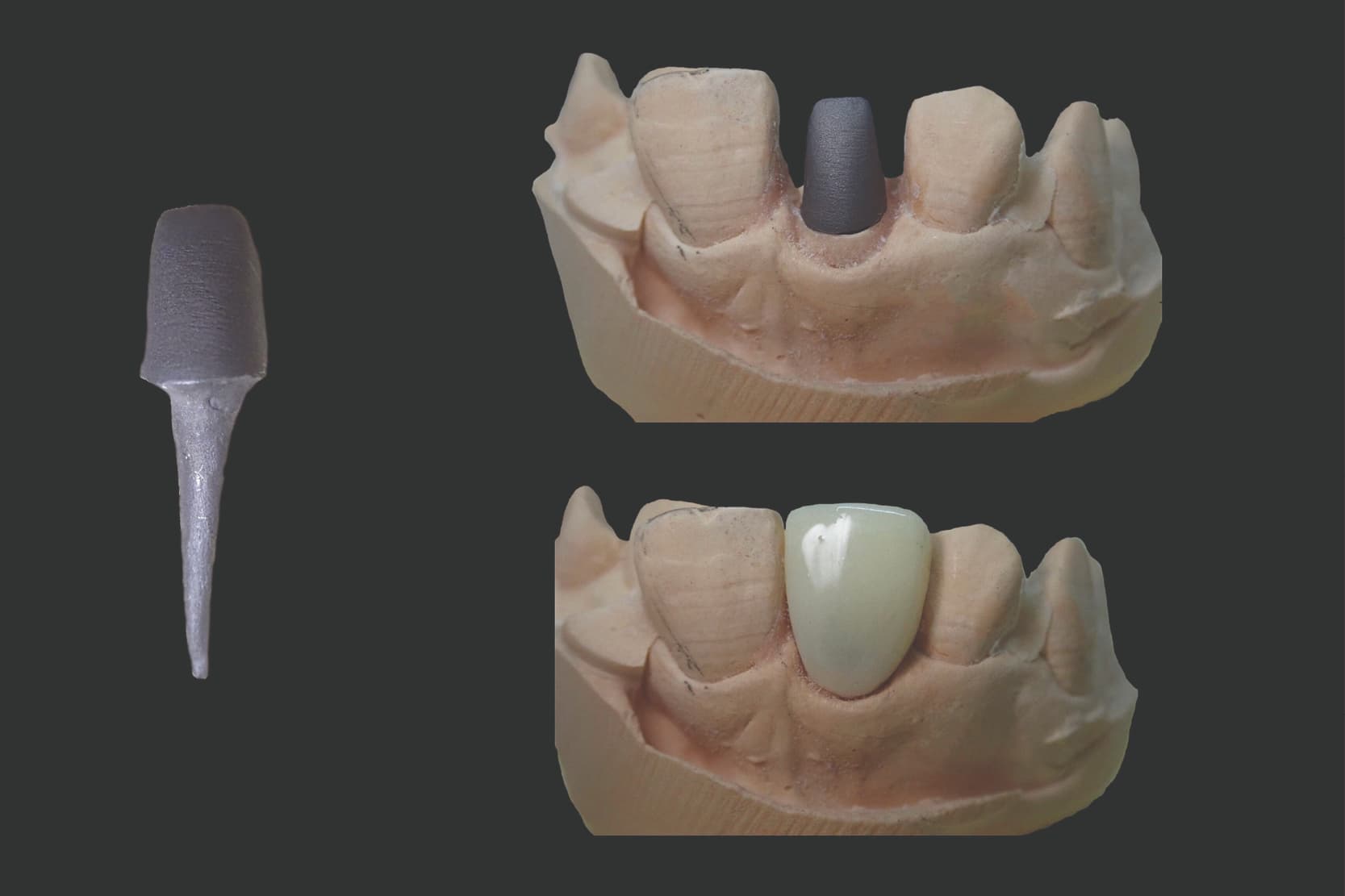
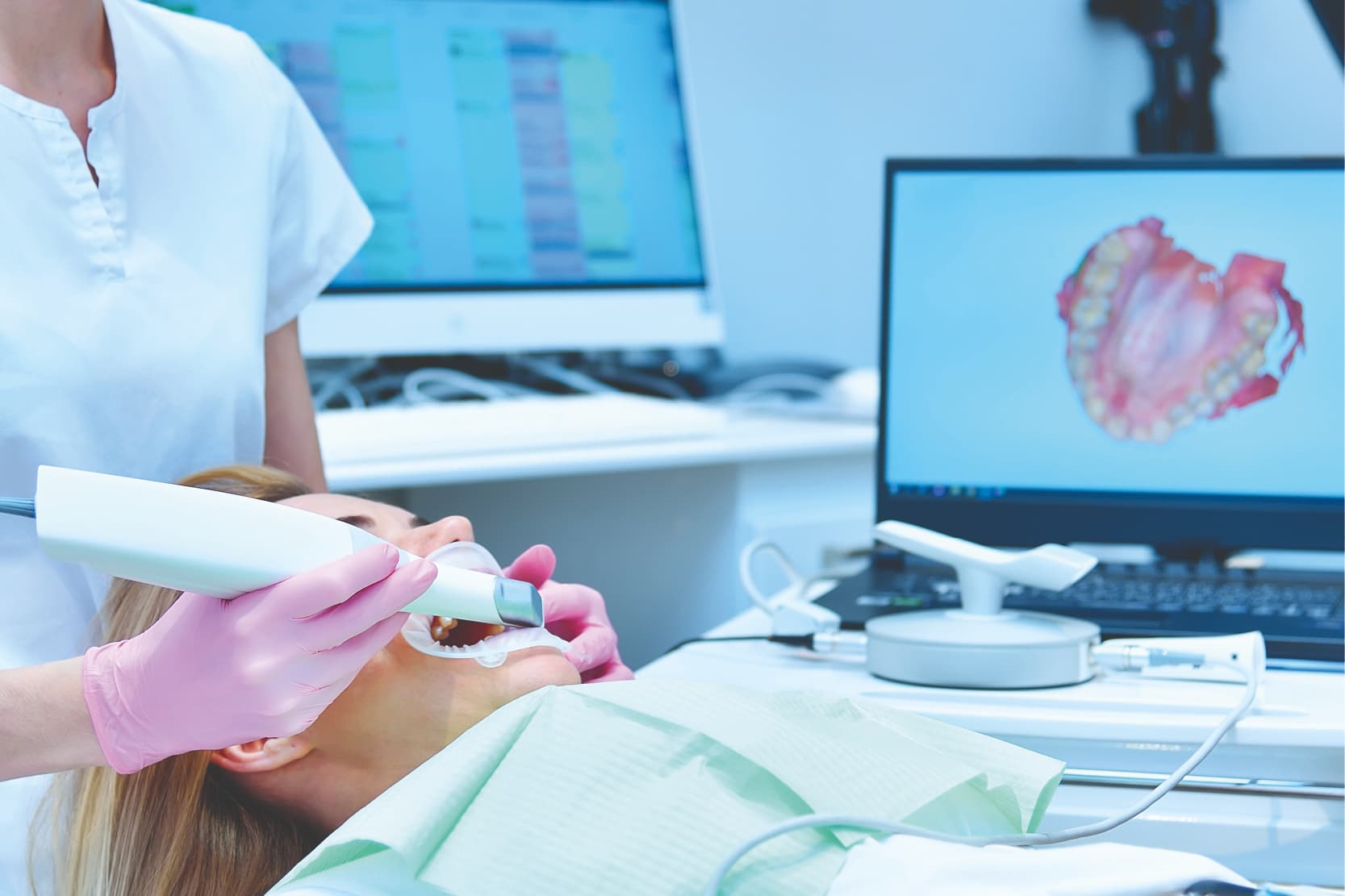

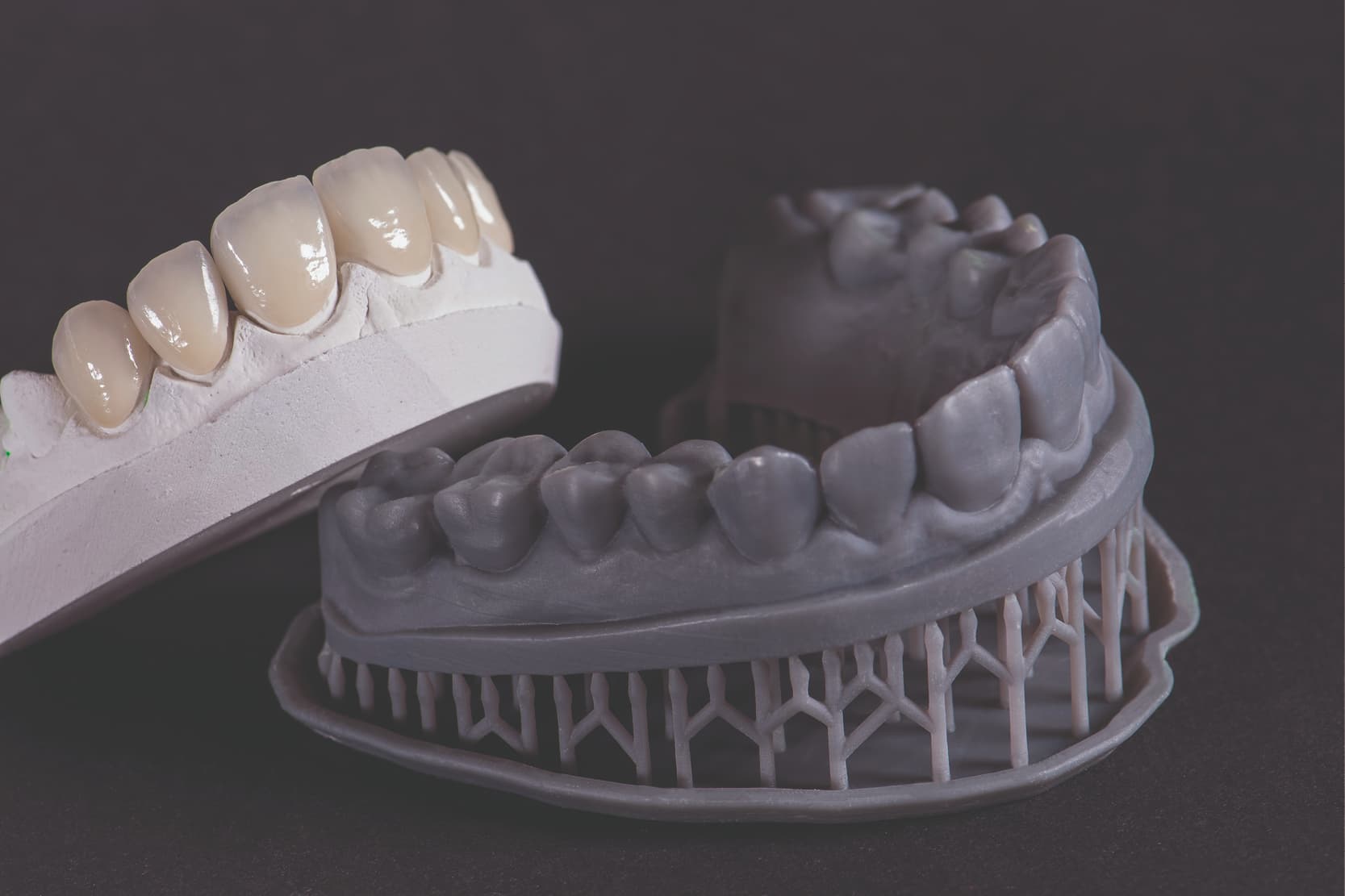
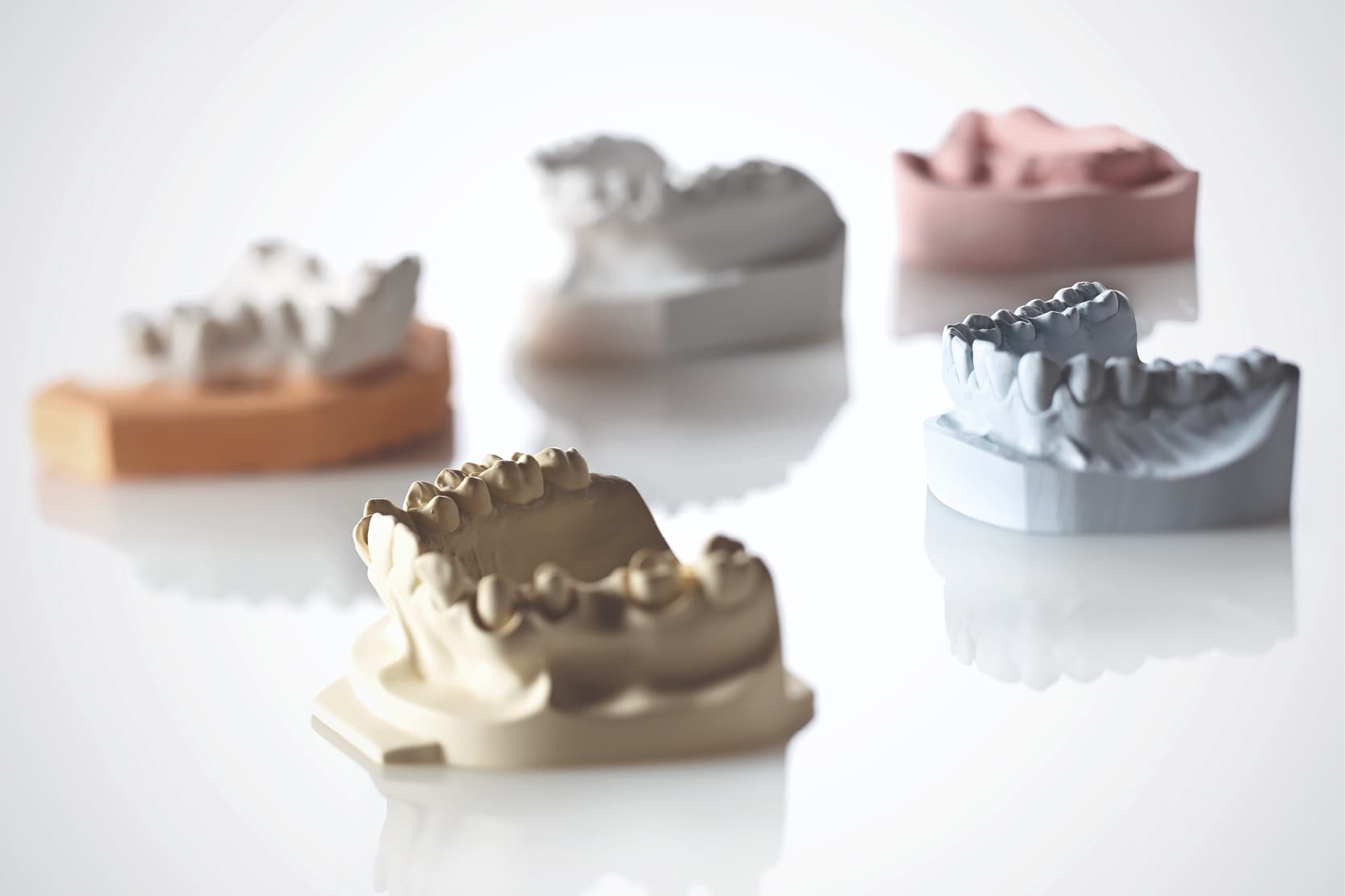
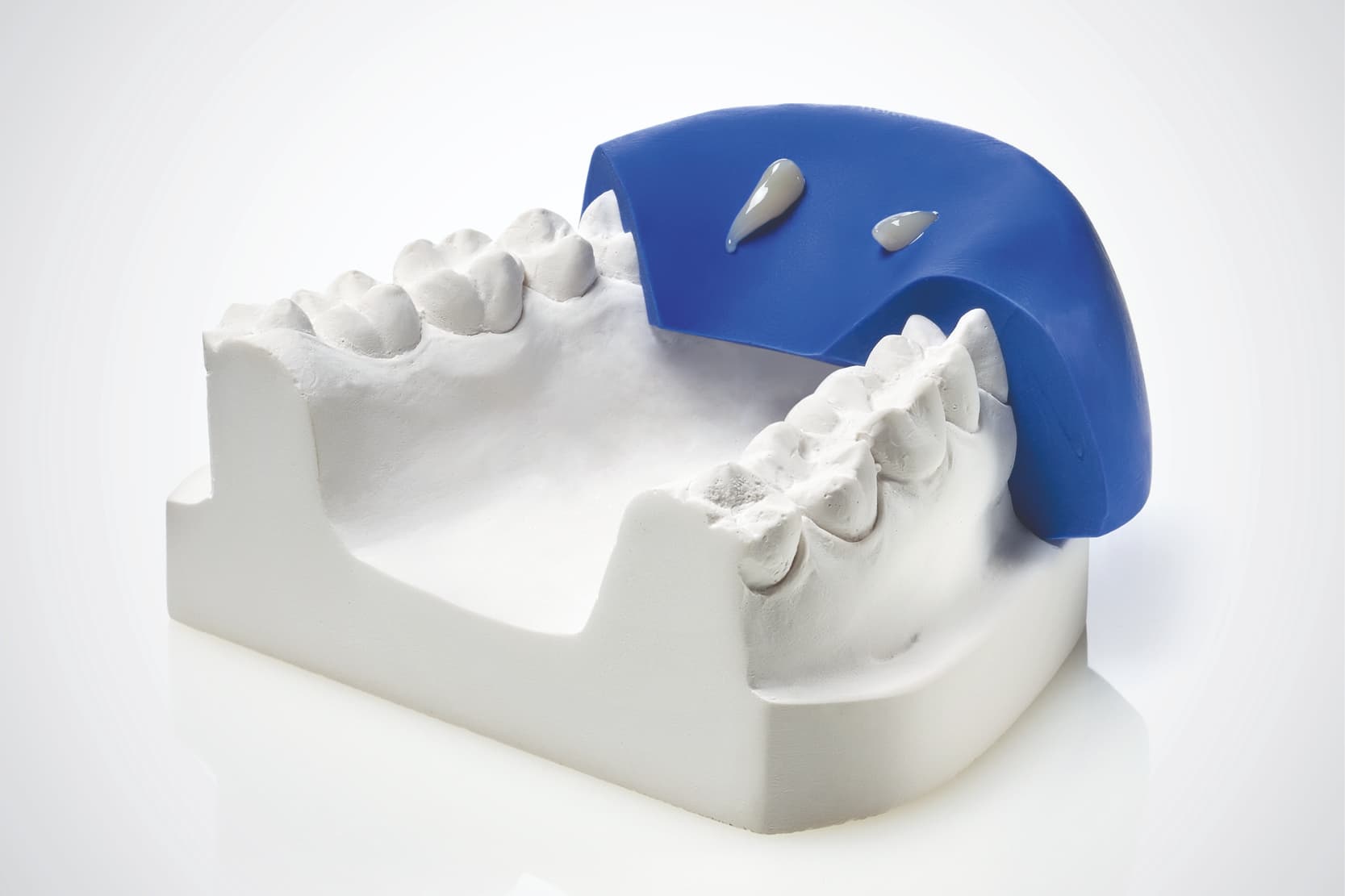



 Zhermack SpA has been one of the most important producers and international distributors of alginates, gypsums and silicone compounds for the dental sector for over 40 years. It has also developed solutions for the industrial and wellbeing sectors.
Zhermack SpA - Via Bovazecchino, 100 - 45021 Badia Polesine (RO), Italy.
Zhermack SpA has been one of the most important producers and international distributors of alginates, gypsums and silicone compounds for the dental sector for over 40 years. It has also developed solutions for the industrial and wellbeing sectors.
Zhermack SpA - Via Bovazecchino, 100 - 45021 Badia Polesine (RO), Italy.


